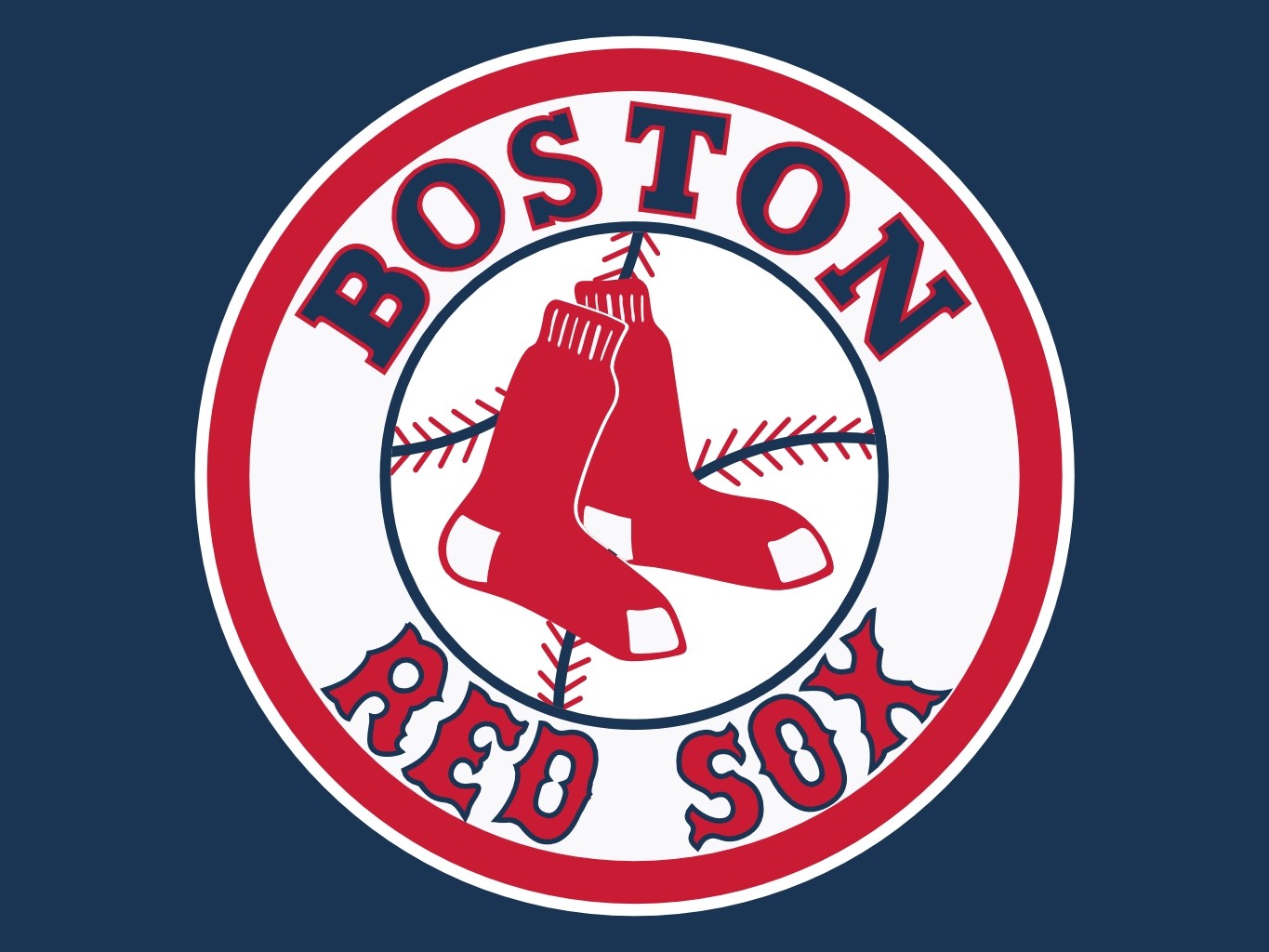Spring has sprung. Grass is turning green, and people are slowly inching their way out of their houses. The zombie apocalypse called “winter” has ended, so I know it’s baseball season. Normally, this is my favorite time of year. I shed that thick winter clothing, pull out my flip flops, and check the roster and schedule of my favorite baseball team.

Checking dates. Reading articles. Studying stats. Even though I won’t be attending any games, this is what I do. These things are a ritual for me, something I do year in and year out, something I look forward to doing. I’m like a kid at Christmas.
This season, however, I’m not feeling all of it so much. Forty games into the 2014 baseball season finds me confused and conflicted, as if my life is out of sync. I am an avid Boston Red Sox fan. My distance, however, doesn’t stem from some baseball “hangover” after winning the 2013 World Series. It falls much deeper than baseball.
See, I had a close friend with whom I shared this passion for Red Sox baseball. Normally, my friend and I would already be pulling for the team, taking out all of life’s frustrations by rooting for the Sox. Cheering and yelling.
We did this together, ever since the miraculous season of 2004. It’s been nearly 10 years since the stolen base that sparked the greatest comeback in the history of sports. That stolen base allowed the Fenway Faithful, with our team down three games to none during the American League Championship Series to win four straight against our hated nemesis, the New York Yankees.
That win left my friend and me feeling on top of the world. We were proud of our boys, the Red Sox, and proud to be members of a fan base known as Red Sox Nation. As Jimmy Fallon says in Fever Pitch, “Dy-no-mite.”
I love the Boston Red Sox, and my friend did, also. We both loved the team just as much as we did when we were kids. I’m now 30, and still an avid fan. My friend, however, isn’t as lucky. Robert Schmidt, was the victim of a robbery and murder on July 26, 2012, in a house on East Yates in Memphis. He and his friend, Anthony Conte, were brutally shot to death in the basement of their home. This horrific crime remains unsolved to this day.
Robert and I spent many nights in the shadows of Newby’s on Highland, theorizing the highs and lows that baseball season brings. I thank my Higher Power every day that I was able to share that 2004 comeback moment with Robert, against the team we dubbed “The Evil Empire.”
Watching the World Series last year wasn’t the same without Robert. Even though the Sox won, it wasn’t as enjoyable without him around to share it. That is, in essence, why I remain confused and conflicted about this season.
What am I hoping for?
Besides a miraculous season where the Sox win the World Series again, I hope someone comes forward and sheds some light on the murders. Somebody knows what happened that horrific night and knows who committed these terrible crimes. Do the right thing. Not for me, but for Robert’s and Anthony’s parents. Let’s give them a season to remember, and what it feels like to be three games down and come back. As parents, they deserve answers.
Robert’s mom counts the days he’s been gone. I, however, count the games my friend has missed (255 as I write). There’s not a time a pitcher takes the mound or a player takes an at-bat that I don’t reminisce about my friend. One person out there has the ability to make this a season to remember. Not for the Red Sox, but for Robert’s mom and dad. Step up to the plate.
